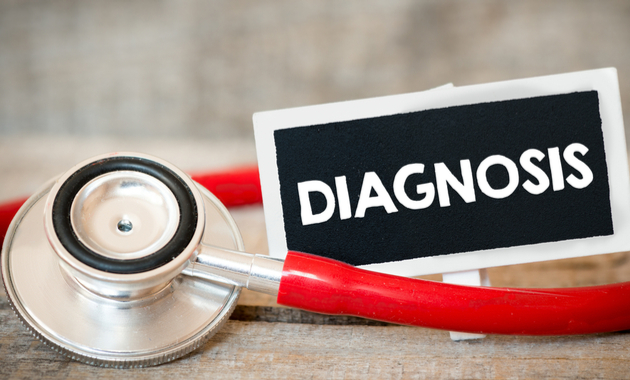
What do you do when you have fever? Pop a pill and take rest.
Suffering from stomach discomfort? Ignore the condition and proceed with your daily chores.
But going to a doctor is a far fetched thought for most of us. Right?
Well, these simple symptoms could be a sign of an underlying condition. And to know if you are healthy, an accurate and timely diagnosis is very essential.
In most cases, lack of timely diagnosis can not only land a patient in hospital but also lead to serious complications. Also, being undiagnosed for long can also affect the treatment.
Did you know around 50% patients of diabetes remain undiagnosed in the world? And it is only after the high glucose levels affect different organs of the body that the condition is diagnosed.
The same is the case with infectious diseases like HIV and syphilis, which if left untreated, can be extremely difficult to treat.
So to address these challenges and to provide a universal health coverage, World Health Organization (WHO) has published its first Essential Diagnostics List (EDL) in May 2018.
Essential Diagnostics List (EDL)
The EDL list comprises of 113 tests, of which, 58 tests are for the screening and detection of various common conditions or diseases. Remaining 55 tests aim to detect, diagnose and monitor some “priority” diseases like malaria, hepatitis B and C, human papillomavirus (HPV), syphilis, tuberculosis and HIV.
Get Comprehensive Full Body Checkup @ 1mg. Check now!
Some of the tests included in the list are:
Kidney Function Test (>1 test) – To assess kidney function and diagnose kidney disease
Peripheral Smear Examination – To detect a range of blood-related disorders such as anaemia and infections and also count blood cells
Complete Blood Count (>1 test) – To assess blood and detect a wide range of disorders such as anaemia and leukaemia and also evaluate a person’s overall health
Liver Function Test (>1 test) – To assess liver function and detect liver disease
Glycosylated Hemoglobin (HBA1c) – To diagnose and monitor diabetes over a period
Fasting Blood Glucose – To detect and monitor blood glucose levels
Hepatitis Bs (Surface) Antigen – To screen acute and chronic hepatitis B (HBV) infection in infants over 12 months of age, children, adolescents and adults
Serum Electrolyte (>1 test) – To detect the changes in the electrolytes such as sodium, potassium and chloride and monitor organ damage (if any)
Lipid Profile (>1 test) – To assess the risk of developing type 2 diabetes and cardiovascular disease by measuring cholesterol, triglycerides and lipoproteins
Urine Analysis (>1 test) – To detect substances or cellular material in the urine that associated with metabolic disorders, renal dysfunction or Urinary Tract Infections (UTI)
C-Reactive Protein Qualitative – To detect any inflammation which acts as an indicator of various conditions like sepsis
Serum Protein Total – To detect and monitor malnutrition, liver disease or kidney disease
Recommended Reads:
Important tests one should undergo in their 30’s
5 Important Medical Tests You Should Get Done Every Year
References:
1. World Health Organization (WHO) Press Release dated 15 May 2018.
2. World Health Organization Model List of Essential In Vitro Diagnostics. First edition (2018).